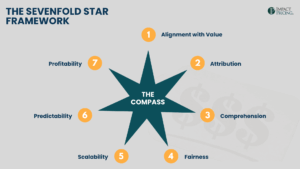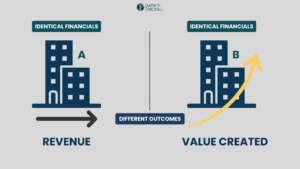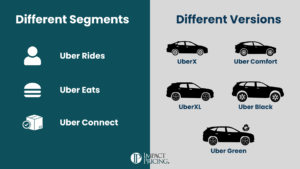You can listen to the full audio version of this blog we call — Blogcast.
The third tenet of Context Driven Pricing is perfection is impossible. The goal is to charge what each buyer is willing to pay, but it’s easy to get overwhelmed by theoretical perfection. The reality is that perfect pricing is impossible. And understanding why helps us become better at pricing in the real world.
We Can’t Read Minds
The biggest challenge in pricing is that we can’t know a buyer’s true willingness to pay (WTP). We can estimate it. We can influence it. We can even get pretty good at predicting it. But we can never know it with certainty.
This fundamental limitation means we’re always working with imperfect information. Even when customers tell us what they’re willing to pay, they might not know themselves, or they might be strategically misleading us.
Market Structure Constraints
In many markets, especially take-it-or-leave-it (TIOLI) markets, we can’t charge different prices to different customers, even when we know they have different WTPs. Retail is a perfect example – posting different prices for different customers usually isn’t practical or acceptable.
Not Cost Effective
Think of a market where we negotiate prices. Ideally we would negotiate to the highest price the buyer is willing to pay (if we could read the buyer’s mind). However, think about the time and effort required to negotiate. Put a dollar value on it. Now, think about small deals. Negotiating small dollar deals may cost us more than any incremental revenue we could win. It just isn’t worth negotiating.
System Constraints
Many companies are limited by their pricing systems. Maybe our e-commerce platform doesn’t support dynamic pricing. Maybe our ERP system can’t handle complex pricing rules. Maybe our POS system only allows certain types of discounts. These technical limitations often force us to implement simpler pricing strategies than we’d like.
Competitive Realities
Perfect pricing suggests charging the exact amount of relative value above (or below) our competitor’s price. How closely are we monitoring our competitor’s price? What if they changed it yesterday? Industries that respond to RFPs rarely know their competitor’s price. If we don’t know the exact competitor’s price, then even if we know your relative value we won’t be able to price perfectly.
Embracing Imperfection
There are many more constraints your company and industry have that keep you from giving the exact right price to every buyer. The key is to embrace these limitations rather than fight them. Perfect pricing isn’t the goal – better pricing is. Focus on:
- Making incremental improvements
- Testing and learning
- Building flexible systems
- Training your team effectively
- Monitoring results and adjusting
The single overriding goal is to capture more of each buyer’s WTP. The action you can take today: Look at your pricing strategy. What would perfect pricing look like? What gets in your way? Then, which of these constraints are worth trying to overcome? Identify one area where you can make an improvement, even if it’s not perfect.
Remember, pricing is a journey, not a destination. Share your comments on the LinkedIn post.
Now, go make an impact!
 Tags: pricing, pricing foundations, pricing metrics, pricing skills, value, value-based pricing
Tags: pricing, pricing foundations, pricing metrics, pricing skills, value, value-based pricing













